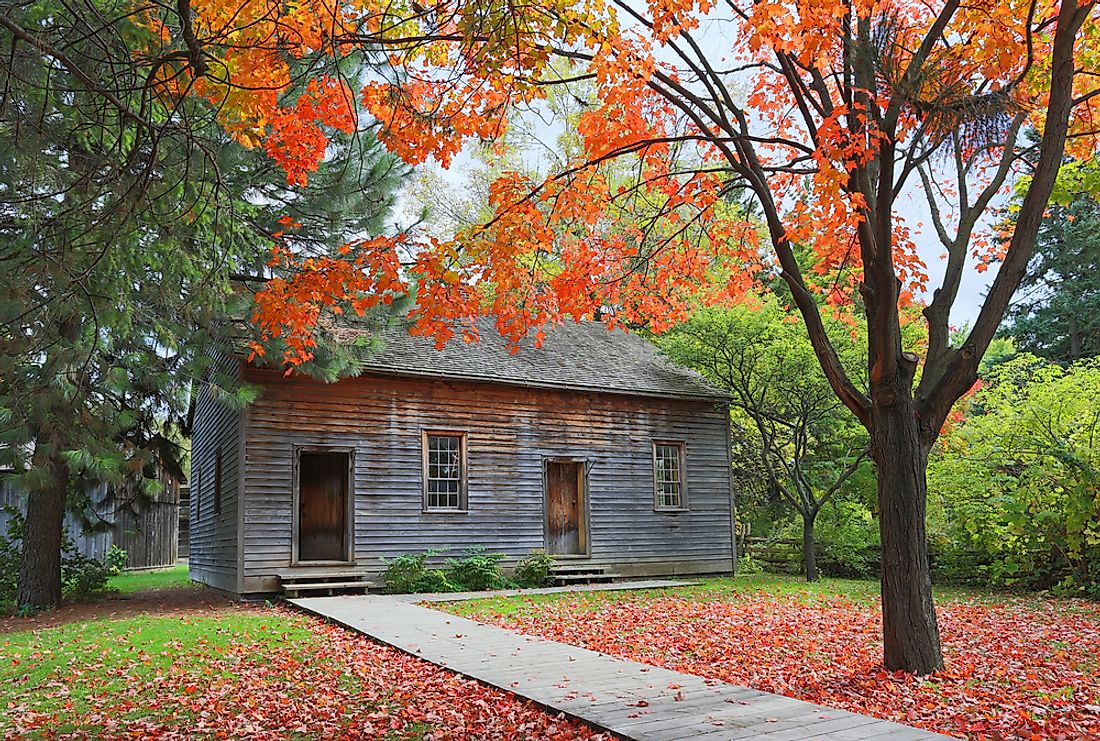Who Were the Loyalists?

Description
The American War of Independence, also known as the American Revolutionary War, occurred from 1775 to 1783, and pitted the Kingdom of Great Britain against thirteen united British colonies in the North American continent, with about 2.5 million people. In 1775, Great Britain had 8 million residents. Amidst the war for independence from England, there were American colonists who supported the British Empire’s authority over the colonies. These colonists, who supported the British, were called the loyalists, and they came from different ethnic backgrounds, including the African American slave population. The loyalists also had other names like royalists, King’s men or Tories, according to the Civil War Trust. According to the University of Groningen history accounts, there were an estimated 500,000 loyalists during the American War of Independence war.
Loyalists Motivations
Loyalists comprised of small farmers, shopkeepers, artisans, Anglican ministers, wealthy merchants, Indians, German immigrants, and the African American slave population. For the African American slave Population, the British promised freedom and residence in Great Britain, in return for their support during the revolutionary war. According to Constitution Facts, that would give freed slaves a chance to start all over again away from the life of slavery in the United States in Britain. To other loyalists, the British promised them prosperity and longevity. The Loyalists also desired protests to be peaceful as they believed violence would result in tyrannical or mob rule. They also felt independence from the British would result in loss of economic benefits that came through British Mercantile system membership.
Famous Loyalists
James Chalmers was a Scot and commander of the First Battalion of Maryland Loyalists. He wrote a pamphlet titled the “Plain Truth” in 1776 which opposed a pamphlet authored by revolutionary Thomas Paine called “Common Sense.” In his writing, Paine argued Great Britain didn’t have the rights to govern America.To avoid being discovered, Chalmers used the pseudonym Candidus. William Franklin, then New Jersey Governor and illegitimate son of Benjamin Franklin was also a devout loyalist. That led him to be imprisoned during the war, and after it ended he was exiled in London for the rest of his life. John Malcolm a British army officer and customs official was another loyalist infamous for twice suffering torture and humiliation, dubbed tarring and feathering during the American War of Independence war. This happened after he was dragged out his house at midnight after he fought with George Hewes a Boston shoemaker and Boston Tea Party Member, and revolutionary, according to Constitution Facts.
Aftermath and Legacy
In history, the Loyalists have largely been ignored and mostly erased from American history. They are perceived as losers and traitors to the cause of American's independence from the British Empire, which was then, the strongest force in the world. In the late 18th century, most loyalists were forced out of their homes, their estates burned, and they endured tarring and feathering, by gangs affiliated with the revolutionaries. According to Maya Jasanoff a History Professor at Harvard University, after the British pulled out of all cities in the United States, tens of thousands of loyalists went with the retreating British Army to Britain and other parts of the British Empire. Half of the loyalists who left the United States went to Canada and settled in Nova Scotia and New Brunswick. Even after the war there were still pockets of bloody conflicts that continued between the loyalists and revolutionaries.











